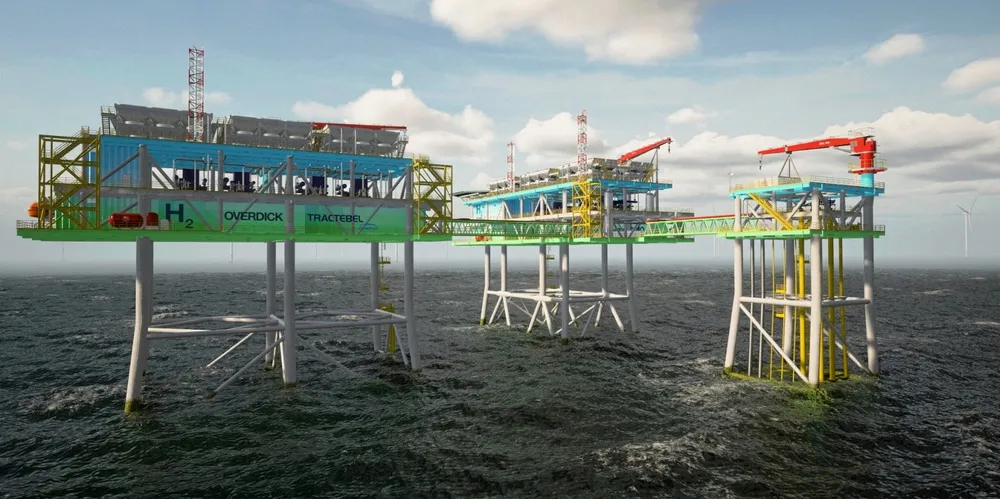Subsea caverns to store hydrogen from gigawatt-scale wind farms in 'world first' plan by Engie unit
Tractebel says salt formations could hold green H2 processed at sea to help smooth supply and demand

Tractebel says salt formations could hold green H2 processed at sea to help smooth supply and demand
